Fine Arts Museums of San Francisco Summer of Love Experience Poster
The City by the Bay is celebrating the fiftieth ceremony of the Summer of Love, but there is a wintery vibe here. Viii chiliad people are living on the streets, and sky-high rents (an boilerplate $4,500 for a ii-sleeping room apartment), have turned students and artists into threatened species. Federal targeting of the LGBTQ community and immigrants, in a city with lots of both, creates a feeling of siege. Weed is legal, only cannot be smoked on the street, then tokers hide in alleys and in the corners of parks, creating a menacing atmosphere beneath sweet, smoky clouds.
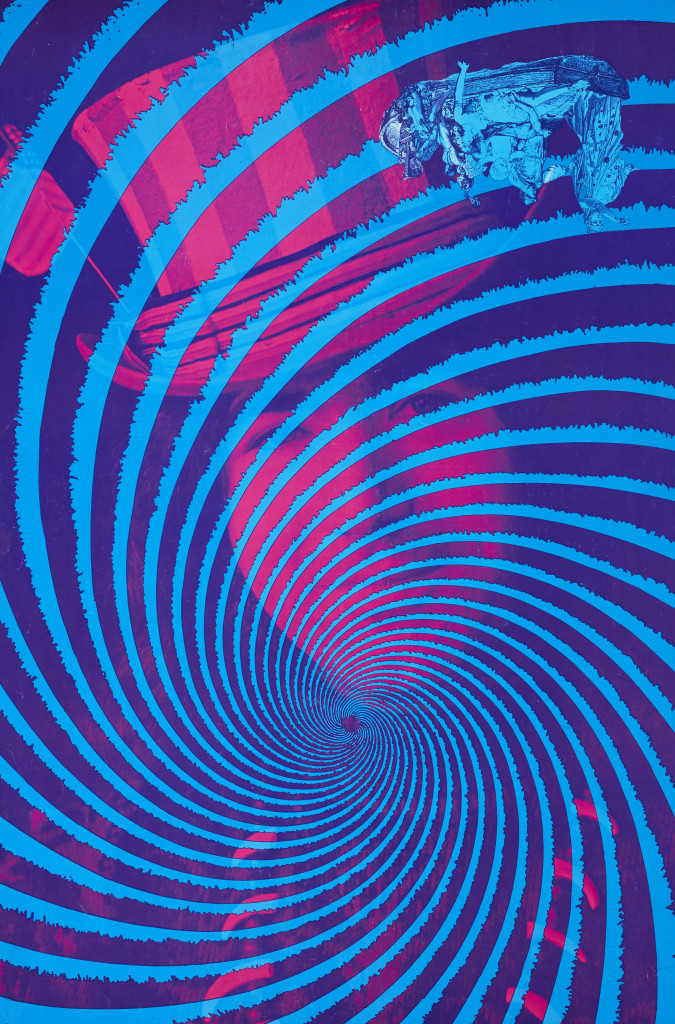
offset lithograph poster. Fine Arts Museums of San Francisco, Gift of Walter and
Josephine Landor, 2001.97.29A. © Walter Medeiros / Sätty Estate. Image Courtesy of
the Fine Arts Museums of San Francisco
And then at that place is the marketing: there are Summer of Love trading cards promoted on billboards and kiosks; advertisement for hotels and attractions that deploy a Magical Mystery Tour typeface; and lectures, exhibitions, and scholarly symposia exploring hippies, LSD, psychedelic posters, and the counterculture. When an avant-garde has graduated to the seminar room, you know it is truly dead.
This leads us to the exhibition at the de Young Museum, Summer of Love – Art, Fashion and Rock and Curl. It is the 3rd exhibition in recent years devoted to a like topic—the first, which started its bout in 2015 at the Walker Art Center in Minneapolis, was called Hippie Modernism: The Struggle for Utopia, and contained art that few people have ever seen, as well as design, architectural models, music, film, dance, and psychedelic rock posters. The second was Say You Want a Revolution: Records and Rebels, 1966-1970 at the Victoria and Albert Museum in London in Summer 2016, and was bigger, more distracted, and less successful, as it tried to be groovy. The darkened galleries, thumping music, costumes, liquid lights, and over again posters, created a disco atmosphere that was untrue to many of the materials on display. Given its title, what was worse was that it paid insufficient attention to the politics and economic science of the music concern, which while difficult to exhibit in a museum context, could take been done with the right graphics, educational activity, and installation. The exhibition at the de Young museum has a different focus than the previous two: more fashion, less music, and less art. In fact, except for the posters and photographs, which are mostly documentary, at that place is no art in the exhibition at all, salve for two lonely but terrific paste-ups by Jess (Jess was a crucial figure among Bay Area artist'south for his campy Surrealism and openly queer lifestyle). In that location are however numerous posters past the five greats: Alton Kelly, Stanley Mouse, Victor Moscoso, Rick Griffin, and Wes Wilson, though the many works are then scattered throughout the exhibition that they resemble wallpaper, which falsifies their artful and purpose. While the originals appeared side by side, and installed floor to ceiling in the places they were originally sold, such the Print Mint on Haight Street and Freidman Enterprises on Grant Artery, they were intended for private contemplation on the streets or in rooms—preferably while stoned.
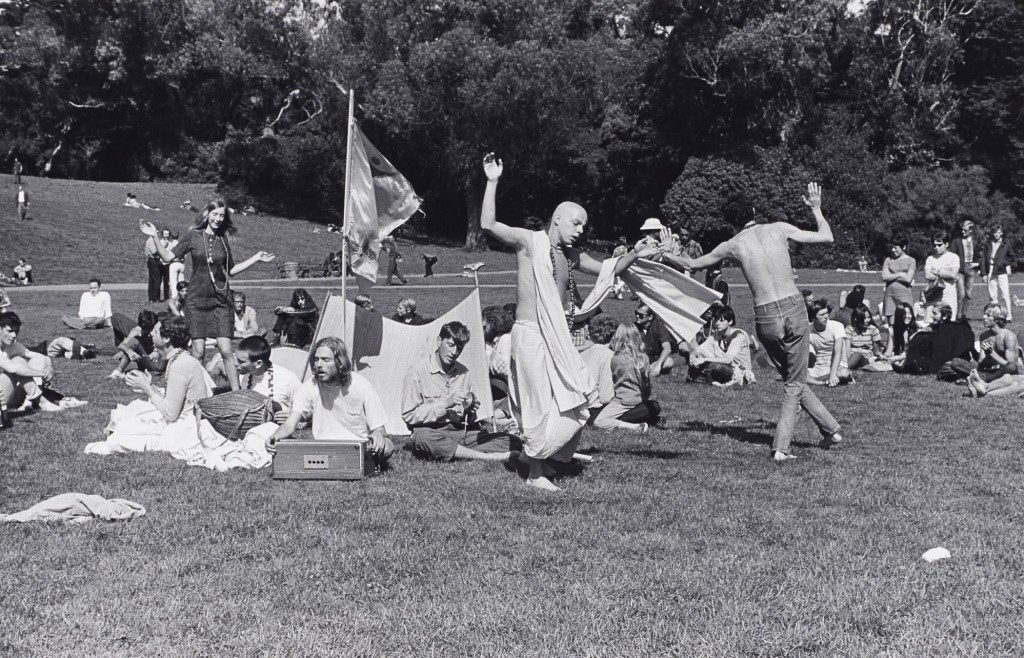
Gelatin argent impress. Lumière Gallery, Atlanta, and Robert A. Yellowlees. Courtesy
Special Collections, University Library, University of California Santa Cruz. Pirkle Jones
and Ruth-Marion Baruch Photographs. Image Courtesy of the Fine Arts Museums of
San Francisco.
The posters' strange typography and layout (messages were often sculpted from negative infinite), combined with their optic vibration, rendered many unreadable except after long test. The idea was to slowly feed into your head names like Quicksilver Messenger Service, The Doors, The Grateful Dead, The Steve Miller Blues Band, Big Brother and the Holding Company, Filmore West, and the Avalon Ballroom. Moscoso'due south poster, Neptune'south Notion (1967), designed for Moby Grape at the Avalon, combines unlikely source material—an Ingres' painting of Jupiter and Thetis (1811) and constitute images of stylized fish—into a bizarre and unforgettable ensemble. (Either Moscoso got his mythology incorrect—Neptune and Jupiter take nothing to practice with one some other—or he invoked the body of water gods in reference to Melville'south white whale, as the first proper name of the rock group was Moby.) Moscoso'due south grooming with color theorist Joseph Albers at Yale is credible here: the complementary bluish and orangish constitute an electric heart plane while the hot magenta of Thetis and Jupiter advances toward the viewer.
Even so, the real core of Summer of Dearest is the clothes: denim, necktie-dyed, woven, crocheted, leather, vintage, tight, loose, mini, flooring length, patched and fringed. Their histories tell an important story of insurgency and appropriation. Take the case of Luna Moth Robbins, (born Jodi Paladini), who from 1966–68 was a member of The Diggers, a small merely influential San Francisco anarchist and performance grouping that amid other things, established free food and habiliment stores. In 1967, Robbins necktie-dyed white shirts that had been donated to the store, in order to promptly requite them away. Afterwards, she taught her skills to Ann Thomas (aka "Tie-dye Annie") who started a business, selling her products to Cass Elliot, Janis Joplin, and John Sebastien, among others. The trajectory traces the pathway of advanced into article culture.
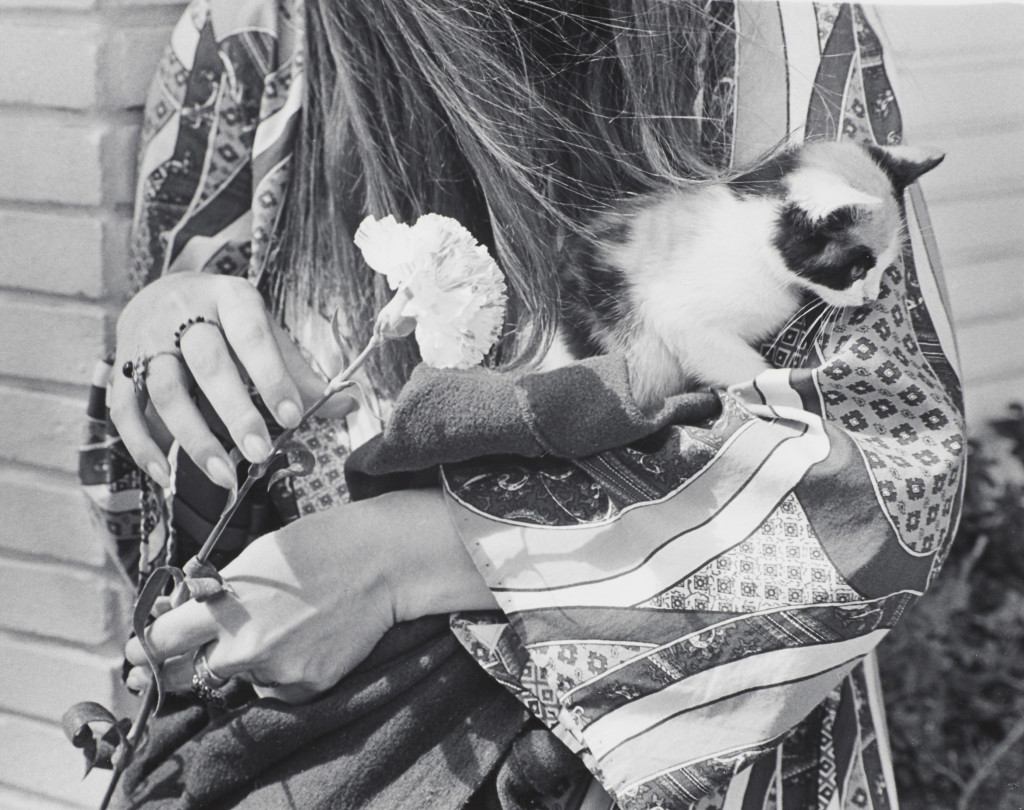
Gallery, Atlanta, and Robert A. Yellowlees. Image Courtesy of the Fine Arts Museums of
San Francisco
The circuit needs to exist examined merely a bit more to better sympathise what happened with fashion during the Summer of Love.
In San Francisco, disaffected immature people decided to signal their alienation and assert their autonomy—every bit others had earlier them—through clothes. In this case, they rejected the tailored polyester and rayon of department stores for cast-offs from Goodwill and the Salvation Army. They peculiarly liked wearing apparel that marked a singled-out time and place, for case California and the American West. In some cases, they repurposed used garments to brand them more colorful, expressive, or idiosyncratic. Quickly, a few entrepreneurs recognized an opportunity. They opened resale shops to cater to this market, then in succession, pocket-size workshops to brand ready-to-wear products, and larger ones to produce both off-the-shelf and made-to-measure versions for the likes of Jimi Hendrix, Sly Stone, Grace Slick, Joplin, Bob Dylan and the rest. Finally, national articles followed the tendency. The Peace Clothes (covered with peace signs), made past Martha Fox for the Alvin Duskin characterization, appeared in 1967, and past 1970, thousands had been sold in multiple color-ways. The entire circuit, from thrift store mode to mass manufacture and national distribution, occurred within a single year.
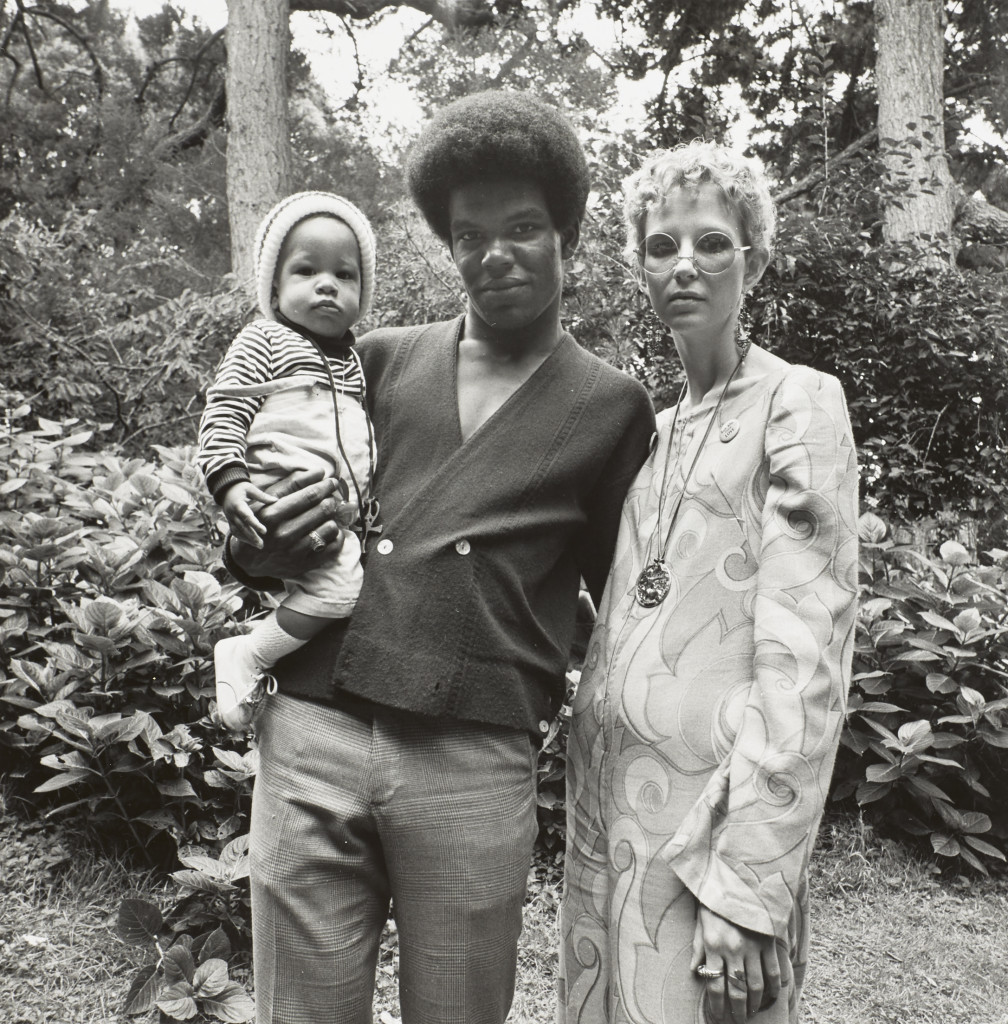
print. Courtesy of Joseph Bellows Gallery. Image Courtesy of the Fine Arts Museums of
San Francisco
What was true for manner, was also true for popular music, posters, light shows, and the rest. Small communities of disaffected or dissident young people explored previously unrecognized or undeveloped expressive forms and spaces, thereby identifying for advertisers and manufacturers potential new arenas for investment and exploitation. The exhibition The Summer of Love mostly occludes this process by dispensing with chronology, ignoring the coaction of industry and subculture, and instead regularly invoking the terms "hippie" and "counterculture." The former has a long and complex history, merely only came into full general apply in 1967 afterward San Francisco Chronicle columnist Herb Caen (who before coined "crackpot") used information technology to describe the kids who had recently moved to North Beach and so the Haight. The term "counterculture" is equally wooly. For the social scientist Theodore Roszak, who coined it in 1969, the term was a portmanteau that included a broad diversity of individuals and groups opposed to "technocratic guild." In that location was never a counterculture that acted in a unique manner, had uniform beliefs, or a clear programme of action. So then who was it that descended upon San Francisco in 1967 during the Summertime of Love and what did they want?
Outset of all, the influx of young people was already underway by the summertime of 1966. 2nd, the love was vitiated by hunger, rough sleeping, sexually transmitted diseases (no HIV yet, fortunately), rape, arrests for drug possession, and lots of bad acid trips. And 3rd, the youth rebellion was brusk lived. Nearly of the kids who attended the Human Be-In at the Polo Grounds in January of 1967, or who came to the Haight that Summer, went back to school or moved back domicile by the Fall. Nevertheless, something highly pregnant was taking identify that year in the Bay Area that had little to do the influx of hippies: a proxy war over class, race and politics in the form of a contest over culture. The Diggers in Haight Ashbury, with their project of giving everything away (they even offered "surplus energy"), challenged the authority of consumer culture and the commodity circuit described above. The Black Panthers (strongest in Oakland) fostered black empowerment and self-protection. Like the Diggers, they opened soup kitchens and clinics, but besides promoted the open conveying of pistols and long guns. Thus, they challenged the constabulary monopoly of violence and conservative state legislators passed stringent gun command measures in response. The unsurprising result of Black Panther provocation, nonetheless, was FBI infiltration and massive repression.
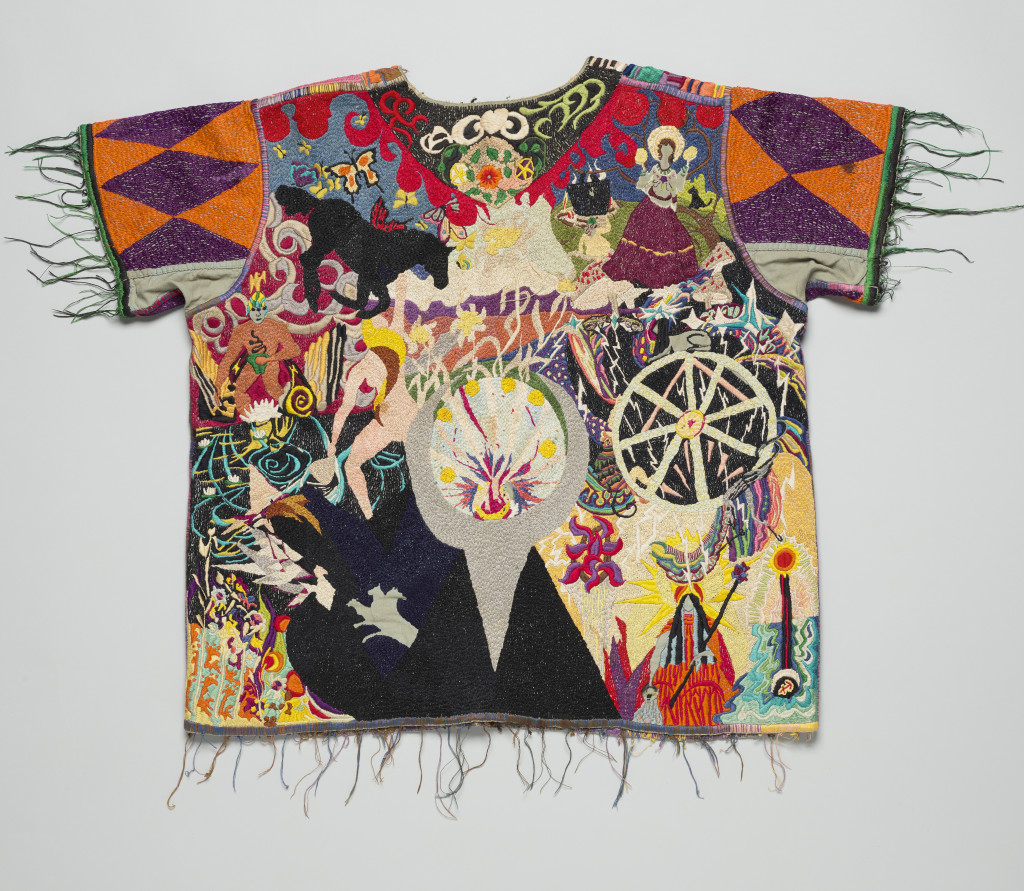
The various US countercultures that identified with the Summer of Love, the Bay Area, and the 1960s in general, constituted a brief, and occasionally powerful challenge to prevailing political and economic structures and institution. Only they operated in the face of enormously powerful assimilative forces and were met with organized land opposition. In 1968, Nixon's election inaugurated a backer counter-revolution that accelerated under the authorities of Ronald Reagan, (austerity, destruction of unions, imperial state of war, mass incarceration, retrenchment of the welfare state) that continues today. Just the underlying energy and desire of the various sub and countercultures of the Summer of Love (and the similar), survived the repression and has resurfaced in recent years in many forms—for example in the Occupy movement, the Sanders campaign, the resistance to Trump, and in the Great britain, the rise of Jeremy Corbyn'south Momentum group.
That is how radical alter may happen, through the work of memory and the consolidation of forces—what in 1967 was called "a gathering of the tribes." The exhibitions in San Francisco, and the two others that came before, but hint at the neat cultural and political stakes at play during the flow, yet remain valuable reminders of battles fought and lost, and every bit anticipations of other, greater struggles still to come up.
T he Summertime of Honey Experience: Art, Fashion, and Rock & Whorl was on view at the de Young Museum from April 8 – August xx, 2017.
Source: https://theseenjournal.org/love-money/
0 Response to "Fine Arts Museums of San Francisco Summer of Love Experience Poster"
Enregistrer un commentaire